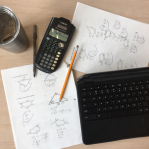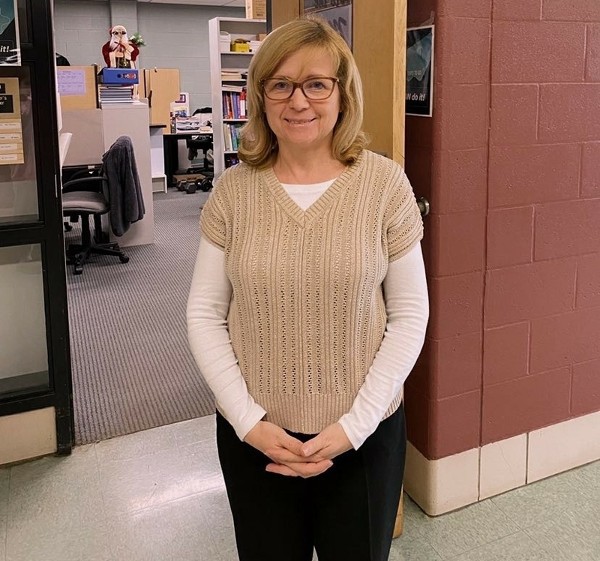There are two types of students: those who despise math, and those who adore it. Students that thrive on challenging problems will be interested in the M3 Challenge, a math competition that requires students to use mathematics to solve real world problems. This year two teams of students from Woodland’s Math Team will be participating in Moody’s Mega Math Challenge, also called the M3 Challenge. Bayan Galal, a semi-finalist in last year’s M3 Challenge, explained that the problem required research for statistics and utilizing writing skills.
“The challenge utilizes all of our math skills because we have to decide how we can mathematically represent and solve a real-world problem,” she said.
On March 1st of this year, two teams of Woodland students will be participating in Moody’s Math Challenge against over 1,000 other teams nationwide. There is one problem to solve with multiple parts, and the team’s solution must be submitted as a twenty-page report. The teams have fourteen hours to finish the challenge. In order to complete the challenge, the team will use the math they learned in school, from algebra to calculus, to come up with their solution. This year, participants can write code as part of their solution.
Both juniors and seniors are able to compete in the challenge. As a junior last year, Galal’s team made it to the semi-finals out of nearly a thousand teams nationwide. She hopes for gratifying results again this year as her team prepares for the challenge by solving problems from prior years. Although they will not know the problem until they open the portal to the challenge, last year’s problem is a good indicator of what the team will need to prepare for.
“Last year, the problem asked participants to quantify the costs and benefits of repurposing squandered food, and to recommend strategies for communities to adopt,” Galal explained. Galal’s team had to compose mathematical models to determine whether the wasted food in a state could be used to feed the population in that state without steady food resources. The team was then required to give an example as to how her solution would work in a certain state. They conducted three models and demonstrations like this to show how wasted food could be repurposed in a state.
Although fourteen hours may seem like a lot of time, there are a lot of components to complete in that time, such as research, solving the problems, and writing the report. In fact, last year Galal’s team submitted their solution with 34 seconds to spare. Even though the challenge can be stressful, Galal cherished the experience.
[pullquote]“I really like the entire experience. You spend fourteen hours with four other people who have a passion for math and you work together to solve a real world issue,”Galal concluded.[/pullquote] “By the end of the fourteen hours, everyone’s pretty exhausted but we’re also really proud of one another for doing something like this.




















